Amidst the vast world of flowers, few captivate the senses quite like the elegant blooms of jasmine. With their delicate petals and intoxicating fragrance, jasmine plants have long been cherished for their ability to whisk us away to a realm of tranquility and enchantment.
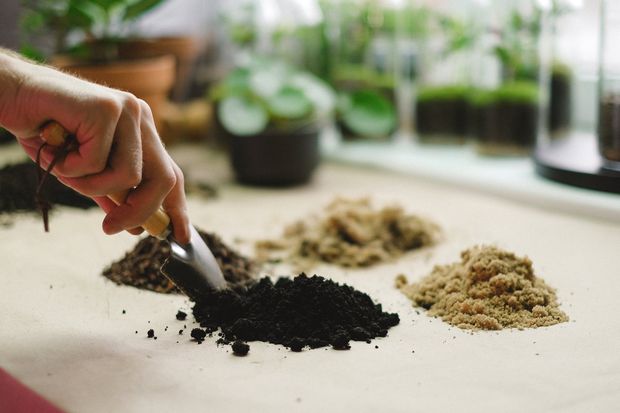
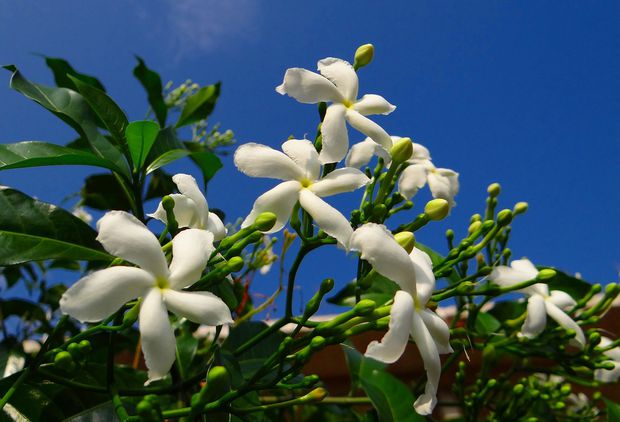
Being able to cultivate your own flourishing jasmine haven, right in the comfort of your own home or garden is any plant’s lovers’ dream All jasmine lovers or similar fragrant plants would have heard or know how to grow them from cuttings with an endless list of steps. But, how to grow jasmine from cuttings without rooting hormone?
To grow jasmine from cuttings without rooting hormone, select a healthy stem, remove the lower leaves, dip the cut end in water for hydration, and plant it in a well-draining soil mix. Provide consistent moisture and indirect light for successful rooting.
In this helpful guide, we will embark on a journey into the realm of jasmine propagation, uncovering the secrets to growing these aromatic wonders from cuttings. What sets this method apart is the absence of the commonly used rooting hormone. But wait, you might ask, what exactly is rooting hormone?
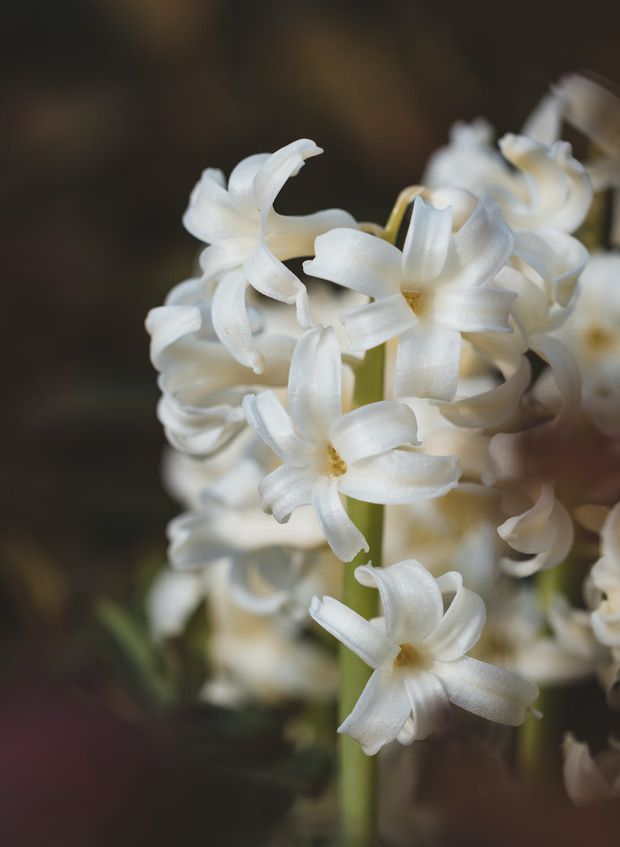
Rooting hormone, a magical elixir for plant propagation enthusiasts, is a synthetic or naturally occurring substance that aids in the formation of roots when applied to cuttings. It stimulates root development, boosting the chances of successful propagation.
While rooting hormone can be an invaluable tool, we will explore an alternative approach—one that harnesses the innate resilience and potential of jasmine cuttings without the aid of external additives.
Now, imagine the satisfaction of nurturing your own flourishing jasmine plants, watching as they flourish and grace your surroundings with their fragrant allure. Through the process of propagation from cuttings, you can harness the genetic potential of established jasmine plants and replicate their beauty in new, thriving specimens.
By using this hormone-free method, you can take control of your jasmine-growing journey and reduce reliance on external substances. Not only does it offer a more natural and organic approach, but it also allows you to explore the wonders of plant propagation with a touch of personal creativity.
In the upcoming sections of this guide, we will walk you through the step-by-step process of growing jasmine from cuttings, revealing the tips and tricks that will set you on the path to success.
From selecting the right cuttings to creating a nurturing environment and providing proper care, we will equip you with the knowledge and confidence to embark on this green-fingered adventure.
Grab your gardening gloves and prepare to immerse yourself in the art of growing jasmine from cuttings, with no rooting hormone.
Growing jasmine from cuttings hormone-free. Step-by-step guide.
- Selecting the right cuttings. To start your jasmine propagation adventure, begin by selecting healthy, disease-free stems for your cuttings. Look for semi-hardwood or softwood stems, preferably with a few leaf nodes. These nodes are essential as they contain the dormant cells that will eventually develop into roots. Choose stems that are approximately 4-6 inches in length for optimal results.
- Preparing the cuttings. With a clean and sharp pair of pruning shears or a knife, make a clean cut just below a leaf node on each selected stem. Remove any lower leaves, leaving only a few at the top to aid in photosynthesis. This will redirect the plant's energy towards root development rather than sustaining excessive foliage.
- Make the optimal propagation mix. Unlike the conventional method that utilises rooting hormone and soil, we will opt for a water-based approach to root our jasmine cuttings.
Fill a glass or container with clean, room temperature water. Avoid using tap water, as the chlorine and other chemicals may hinder root development. Filtered or distilled water is recommended for best results. - Placing the cuttings in water. Carefully place the prepared jasmine cuttings into the water-filled container, ensuring that the leaf nodes are submerged but the leaves themselves remain above the waterline. This allows the cuttings to absorb moisture and nutrients without rotting.
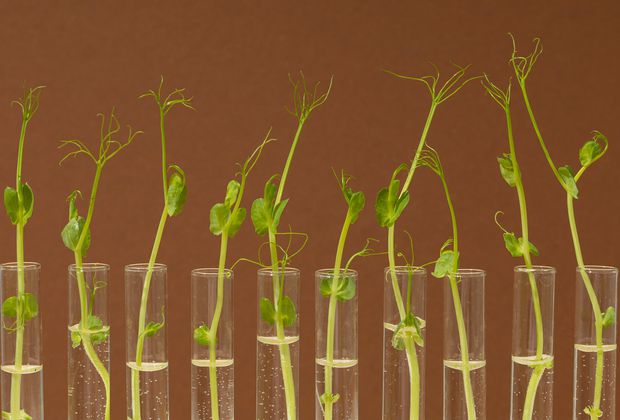
- Providing the right environment for growth. Find a suitable location for your cuttings, preferably indoors or in a greenhouse, where they can benefit from indirect sunlight. Avoid exposing them to direct sunlight, as it may lead to excessive evaporation and wilting. Maintain a consistently warm temperature between 70-80°F (21-27°C) to promote root growth.
- Frequent care. Now comes the waiting game. Be patient, as root development can take several weeks to a couple of months. During this time, monitor the water level in the container, ensuring it remains consistent. Replace the water every 1-2 weeks to prevent stagnation and maintain oxygen levels.
- Transplant to the soil. Once you notice a healthy root system developing, it is time to transfer your jasmine cuttings to a suitable potting soil. Prepare a well-draining pot filled with a mix of perlite, vermiculite, and peat moss. Gently plant the rooted cuttings, burying them deep enough to support the new growth but not too deep to suffocate the roots.
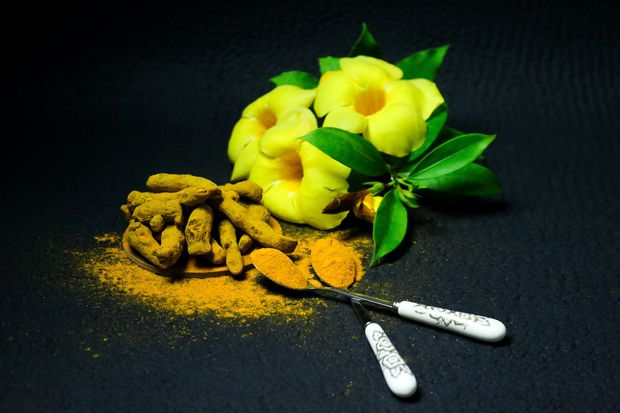
- Pot care. Place the potted jasmine in a well-lit area with indirect sunlight. Water the plant when the top inch of soil feels dry, ensuring not to overwater or let it sit in waterlogged soil.
Regularly check for pests and diseases, providing appropriate treatment if necessary. As your jasmine plant grows, consider providing a trellis or support structure to encourage healthy climbing and blooming. - Enjoying the fruits of your efforts. With time and proper care, your jasmine cuttings will mature into beautiful, blooming plants, filling your surroundings with their mesmerising fragrance.
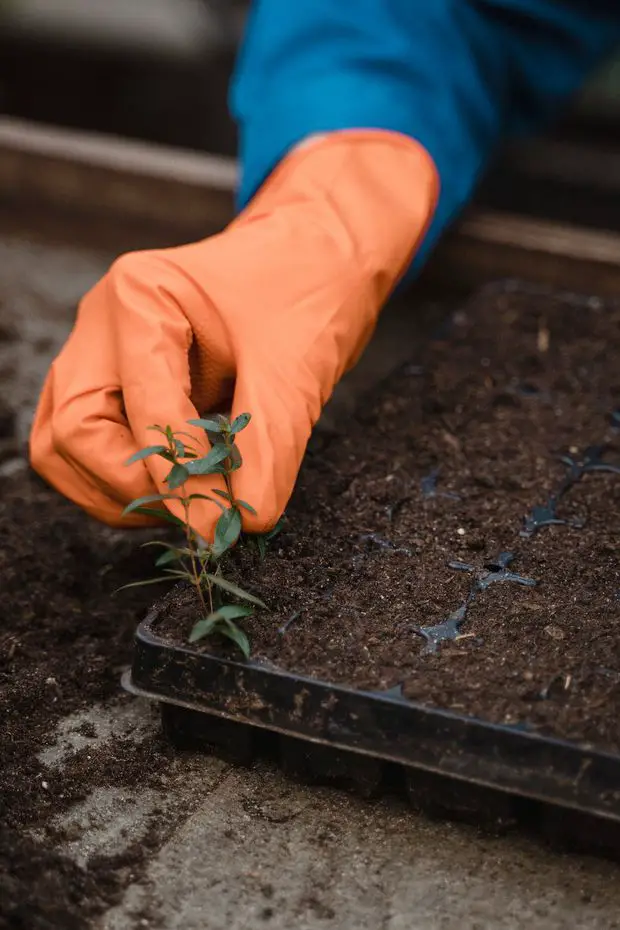
Take a moment to appreciate the journey you've embarked upon, nurturing and witnessing the transformation of these once humble cuttings into flourishing specimens.
Remember, while the hormone-free method may take longer than traditional propagation techniques, it allows you to experience the wonder of plant growth in a more natural and sustainable way.
Embrace the process, learn from it, and revel in the satisfaction of successfully growing jasmine from cuttings—without the aid of rooting hormone.
Does Jasmine Need Rooting Hormone? Benefits and Considerations
When it comes to propagating jasmine from cuttings, the question of whether rooting hormone is necessary often arises.
While the use of rooting hormone can provide certain advantages, it is not an absolute requirement for successful jasmine propagation. Let's explore the reasons behind using or omitting rooting hormone in the process:
Natural Propagation Ability
Jasmine possesses innate characteristics that allow it to form roots without the aid of rooting hormone. The plant's dormant cells at the leaf nodes contain the necessary genetic information to initiate root development when provided with the right conditions.
Higher Success Rate
Using rooting hormone can increase the chances of successful rooting by stimulating the growth of roots. It provides a boost to the cutting's ability to develop a robust root system, leading to faster establishment and growth. This can be particularly beneficial for challenging or harder-to-root varieties of jasmine.
Time Considerations
Incorporating rooting hormone into the propagation process can expedite the overall timeline. It may lead to faster root formation and, subsequently, quicker transplanting into soil. This can be advantageous if you are working within a limited timeframe or desire faster results.
Cost and Accessibility
Rooting hormone products can be readily found at garden centers or online, making them easily accessible to home gardeners. While they come at an additional cost, the investment may be worthwhile if you value efficiency and higher success rates.
Organic and Natural Approach
Omitting rooting hormone aligns with an organic and more natural approach to gardening. If you prefer to minimise the use of external additives or chemicals, you can rely on the inherent ability of jasmine to root itself without relying on synthetic substances.
Environmental Considerations
Rooting hormone products, depending on the specific formulation, may contain synthetic compounds or chemicals. If you prioritise an environmentally friendly approach or have concerns about potential ecological impact, opting for hormone-free propagation aligns with sustainable gardening practices.
Ultimately, the decision to use or forego rooting hormone when propagating jasmine from cuttings depends on personal preference, time constraints, and the specific variety of jasmine being propagated.
While rooting hormone can provide benefits such as higher success rates and faster root development, jasmine has the natural ability to root itself without external assistance.
Whether you choose to incorporate rooting hormone or rely solely on the plant's innate capabilities, providing optimal growing conditions and attentive care will contribute to the overall success of your jasmine propagation endeavours.
What are some natural rooting hormones for garden plants?
When it comes to promoting root development in garden plants, several natural substances can serve as effective rooting hormones. These alternatives offer a more organic and sustainable approach to propagation. Let's delve into some common natural rooting hormones and discuss potential sources for jasmine cuttings.
Willow Water
Willow water is a popular natural rooting hormone that can be easily prepared at home. It is made by soaking young willow branches or twigs in water. The resulting solution contains naturally occurring compounds, such as indolebutyric acid (IBA), that stimulate root growth.
To create willow water, collect a handful of young willow branches, remove the leaves, and steep them in water for a few days. Use this infused water to soak your jasmine cuttings before planting.
Honey
As a natural antimicrobial and growth-promoting agent, honey can act as a rooting hormone for plant cuttings. Its enzymes and nutrients help prevent infections while providing nourishment for developing roots.
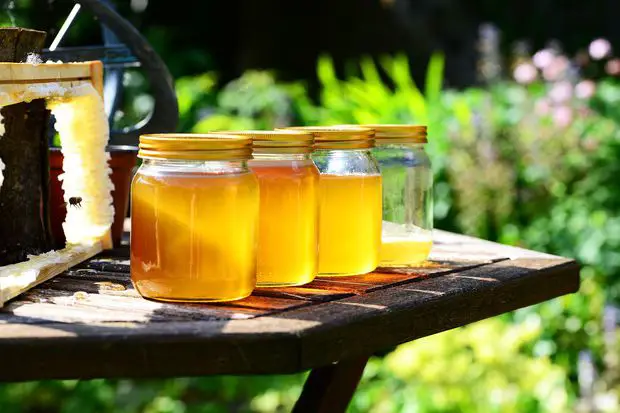
To use honey as a rooting hormone, mix one part honey with ten parts water, and dip the base of your jasmine cuttings into the solution before planting.
Aloe Vera Gel
Aloe vera gel, known for its healing properties, contains natural compounds that can stimulate root growth. Simply extract fresh gel from an aloe vera leaf and blend it with water to create a gel-like consistency. Dip your jasmine cuttings in the aloe vera gel before planting to encourage root development.
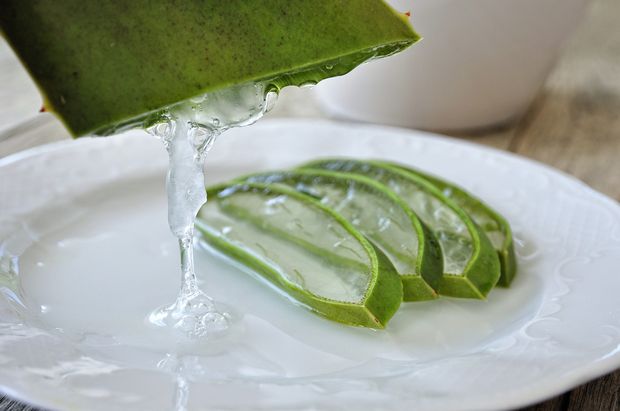
Cinnamon Powder
Cinnamon powder, commonly found in most kitchens, can serve as a natural rooting hormone due to its antifungal properties.
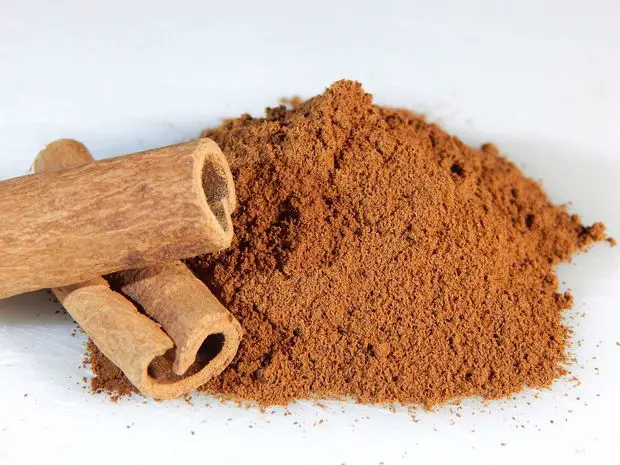
Before planting your jasmine cuttings, dust the base of the cuttings with a small amount of cinnamon powder to help protect against fungal infections and stimulate root growth.
Potatoes
Believe it or not, potatoes can also act as natural rooting hormone sources. Cut a potato into small pieces and make a small hole in each piece. Insert the base of your jasmine cuttings into the holes, ensuring that the leaf nodes are above the potato. The potato provides moisture and nutrients, aiding in root development.
Where can rooting hormones be gotten from?
When sourcing jasmine cuttings, it is important to ensure they come from healthy and disease-free plants. Look for robust stems with several leaf nodes, as these are crucial for successful root formation.
If you don't have access to mature jasmine plants, consider asking fellow gardeners, local nurseries, or online plant communities for cuttings. Additionally, some garden centers or online suppliers may offer jasmine cuttings for purchase.
Final thoughts
There you go! By harnessing the power of natural rooting hormones and exploring alternative sources for jasmine cuttings, you can embark on your propagation journey with confidence and eco-consciousness.
Remember to provide the optimal growing conditions and care required for your jasmine cuttings to thrive and flourish.
